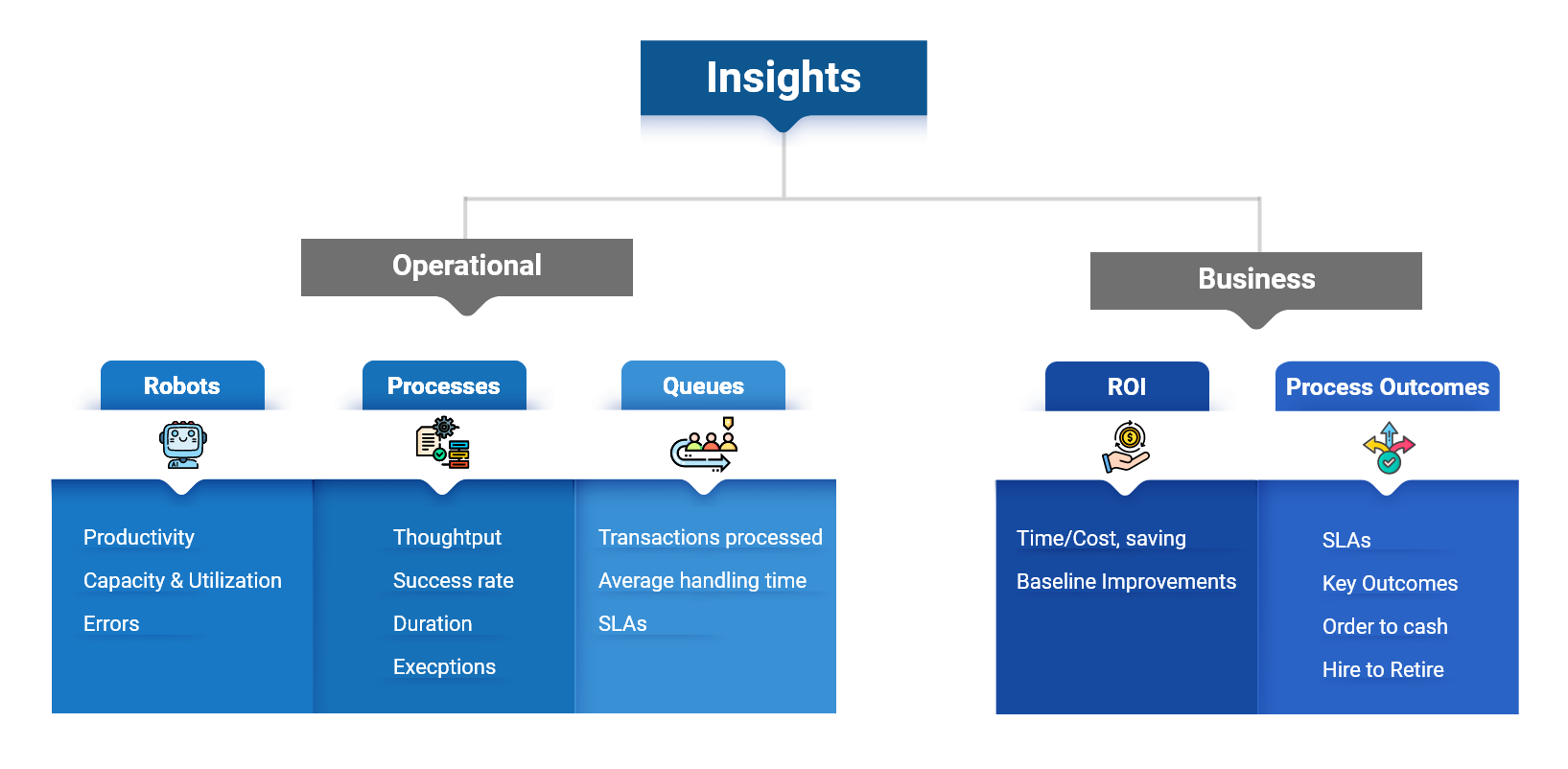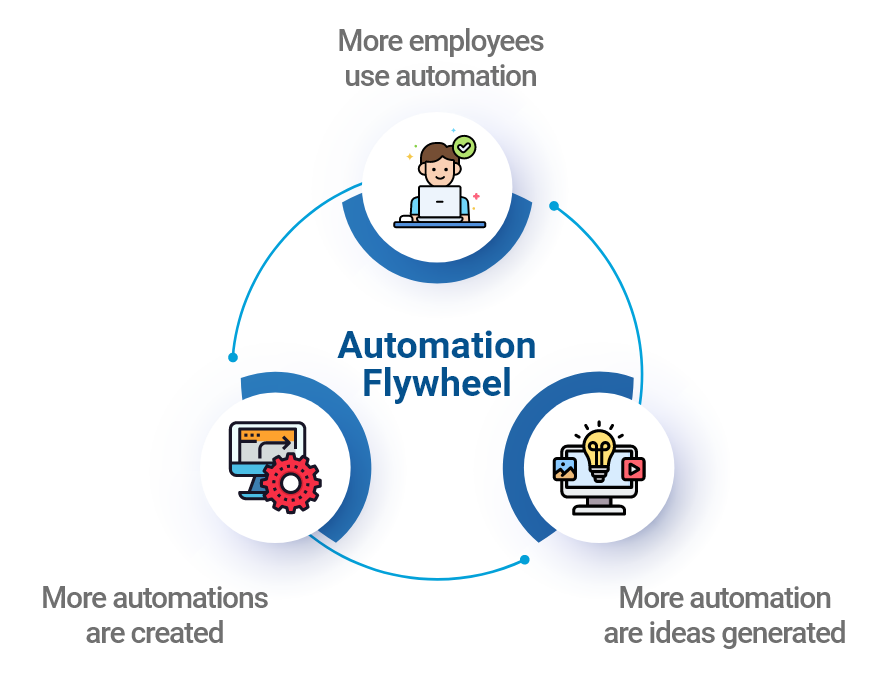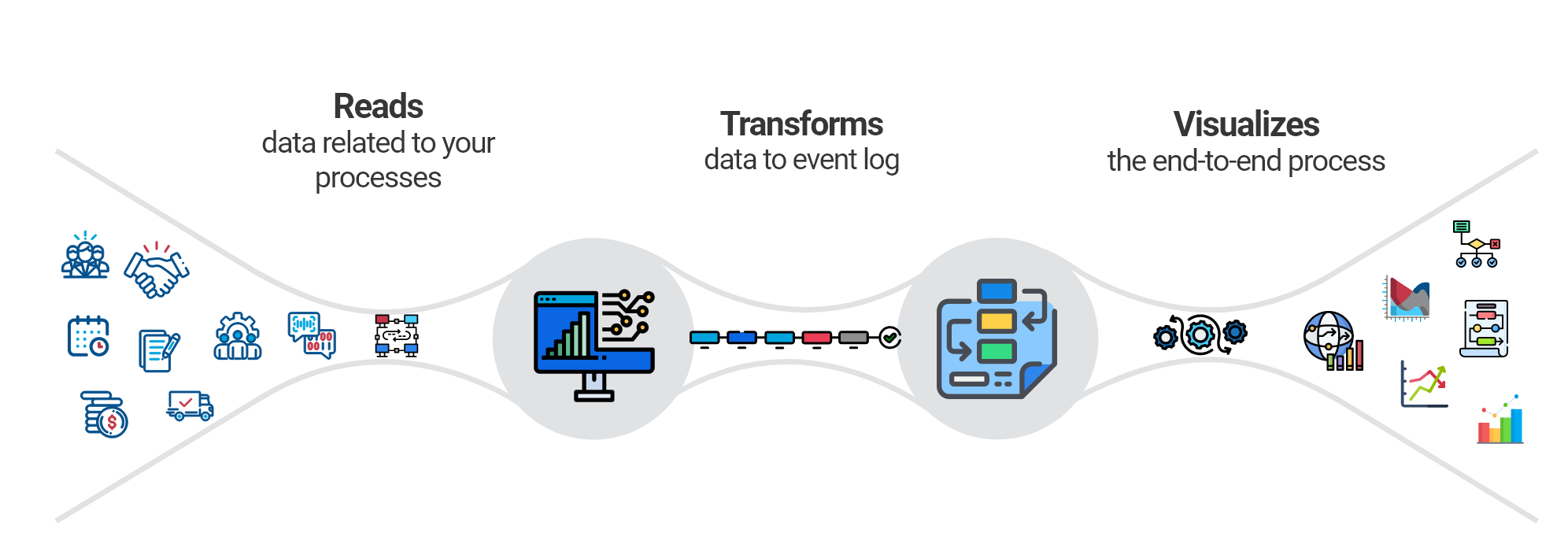The Value-Driven Approach to Automation
- Featured Insights
- May 5, 2023
Every team focuses on different values to evaluate its progress. It becomes very important how we define value, build, and measure it. By determining these parameters, organizations can ultimately realize the maximum value from their investment in enterprise automation. With Robotic Process Automation (RPA), the Center of Excellence (CoE) team can achieve its full potential by implementing these values for each stage in the BOT development lifecycle.
What Values To Focus On And Build For Full Utilization Of Robotic Process Automation Potential?

Stage of Discovery and Requirement Gathering:
Encouraging the workforce can help in democratizing the generation of automation ideas and promotion of automation across the organization. By enabling workforce-led growth, businesses can unlock brand-new automation opportunities and scale automation benefits across the length & breadth of the organization.
- The CoE team can leverage the tools offered by UiPath, the Automation Hub to prioritize the projects based on their potential return on investment (ROI). Managing the projects from a central command center enables non-biased analysis and boosts data-driven strategic decision-making.
- UiPath Process Mining empowers the team with details about the process, its flow, user-based information, and time agreements when finalizing the requirements for automation.


- These tools assist in outlining and visualizing the process progress, and help identify potential process bottlenecks that need to be handled and thereby maximize productivity. The data related to your processes that process mining visualizes can act as a single source of truth for tracking the end-to-end work.
- Finalizing the requirements and standardizing the documentation for Process Design Document (PDD) and Solution Design Document (SDD) with appropriate approval from the business team before initiating development helps in avoiding changes in the middle of developments, which consequently saves resources and rework efforts for the same process.
Build Stage:
- The development could be kick-started by directly exporting the Task capture to UiPath Studio(.xaml). Empowering the workforce citizen developers with tools such as UiPathStudioX helps in individually and quickly automating their repetitive tasks, from desktop native applications to online apps. For example, A Singtel employee was able to create a robot named Valbot that turned a 285-click, 4.5-hour process into a one-click, 12-minute workflow (that’s 4.3 hours saved every time the process ran)
- Creating a library of reusable, shareable automation components and objects saves development efforts and time. It also ensures faster and uniform delivery of the processes.
- Incorporating best practices to develop automation projects and code reviews ensures governance compliance, risk mitigation, and stability of the automated processes leading to higher satisfaction among business teams and boosting their confidence in automation.
Test Stage:
- To enforce test automation standards with rules and definitions, the CoE team can utilize UiPath Test Suite, which also provides synthetic generation of test data.
- It is vital to ensure testing is implemented with the highest standards for each enhancement.
- Having thorough unit testing and end-to-end testing saves maintenance and support costs exponentially.
Stage of Implementation and sustain:
- CoE can utilize the UiPath Orchestrator for monitoring and supporting the processes across all departments.
- With tools like UiPath Insights, one can get robot usage and performance insights by centrally tracking, measuring, and modeling performance across the entire automation program.